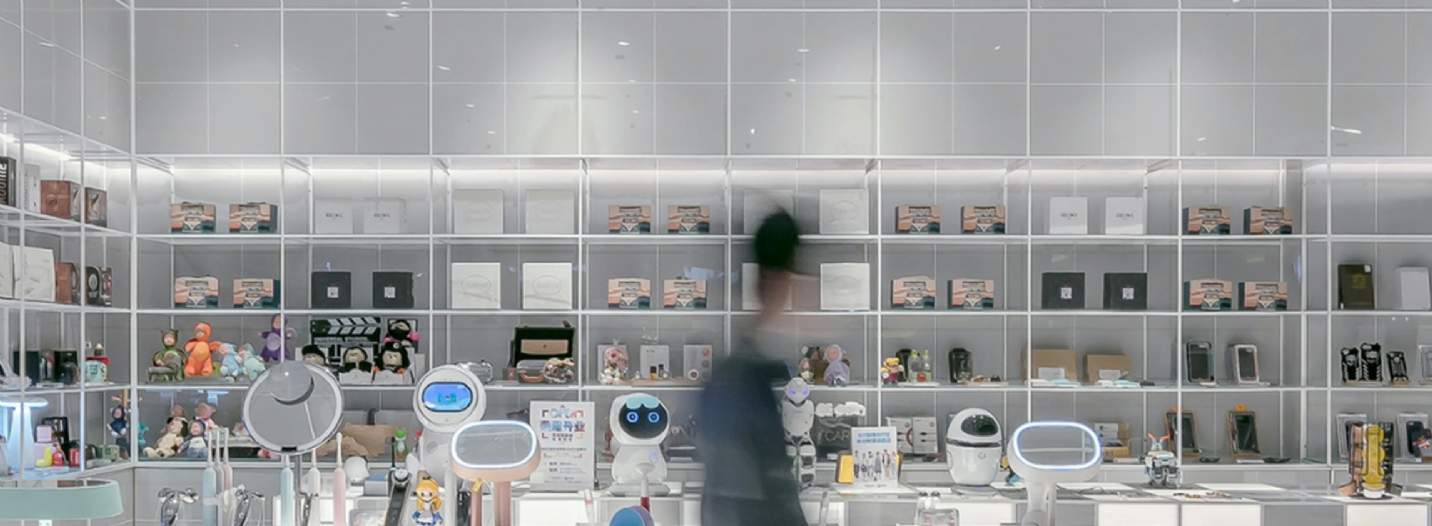As we head into 2024, Savills retail and leisure team ponder the key growth sectors to watch out for in the year ahead
.jpg)
Reinvestment into existing portfolios and store networks is back on the agenda. Much of this was postponed due to Covid and limited capex, when acquisitions into new markets became the main priority. Now, brands are on the drive to improve market share and quality of experience by reinvesting, rightsizing, relocating and refitting their store networks. Often, this takes the face of consolidation of multiple stores to one upsized flagship in a prime location. In 2024, regional cities and large shopping malls are back in focus. These locations have bounced back strongly in 2023, and this will continue into the next year. Zara, Signet, JD, Lush, and Footlocker are all active.
2. Clicks to bricks
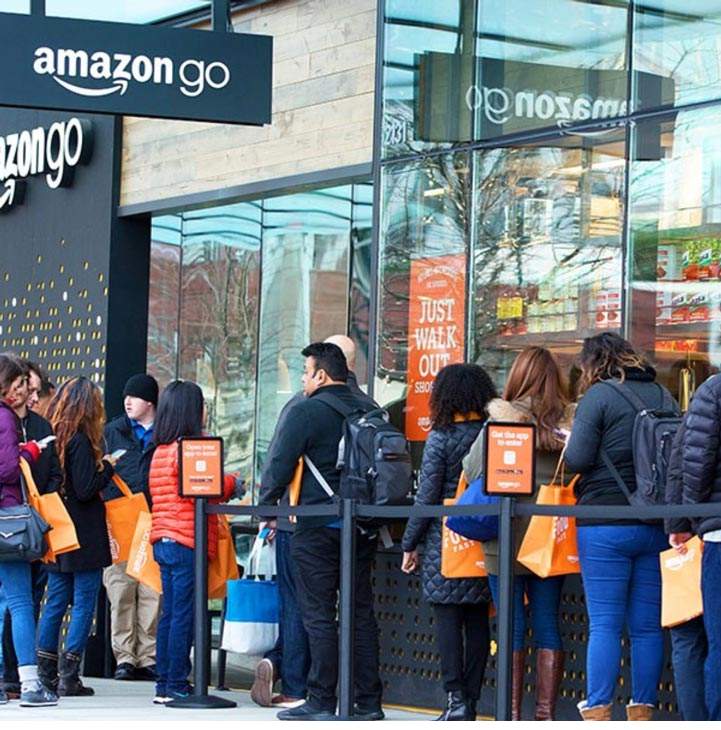
While ecommerce is a well-established part of the retail furniture, the reality of its impact on profit margins, largely due to the cost of returns, has shown that brands with a genuine omnichannel offer have the best chance of maximising profitability and market share. The opportunity to engage in person with its audience is of particular relevance to certain retail categories and keen to benefit from a more blended offer, pureplay operators continue to take stores. And it isn’t just about flagship shops in London either; Character, Shein, Castore and Avon plan to launch multiple stores across the UK in 2024, often in smaller high street and regional locations.
3. Interactive immersive experiences

Competitive socialising has been a constant pick for us for a number of years, seeing a fivefold increase in supply since 2018. This is set to continue, with new concepts on the horizon and an ever-increasing focus on quality of offer. A parallel leisure sub-sector is taking hold around immersive experiences, with operators particularly favouring major city centres where the domestic and international visitors have returned. The likes of Abba Voyage, War of the Worlds, BBC Earth and Monopoly Lifesized show the importance of a strong IP in appealing to consumers. In 2024, this trend will spread to the regions with the likes of Museum of Illusions and Twist Museum. The challenge to growth is limited suitable store units, but the repurposing of retail is providing opportunities in prominent locations.
4. Making concessions
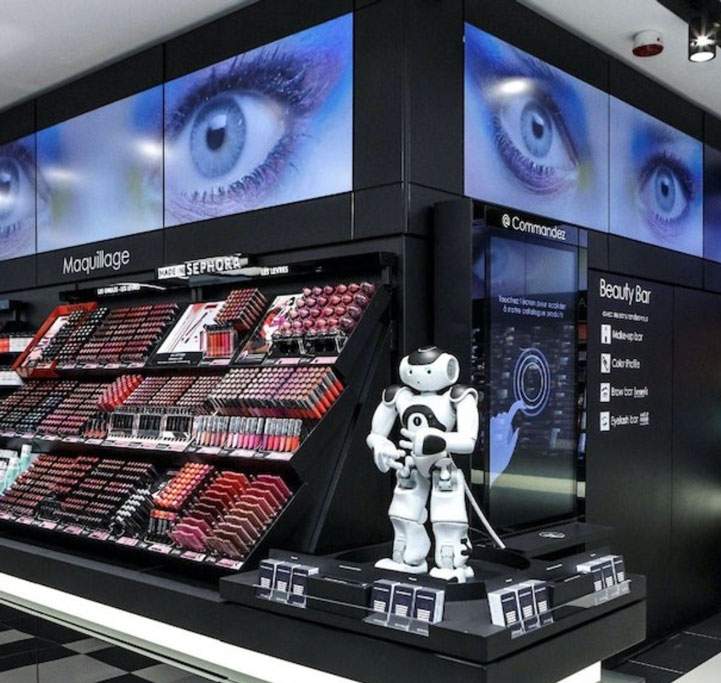
The decline of the department store market has meant brands that ran concessions within them are having to find alternative ways of reaching their customers. Acquisitive brands have been taking stores in high streets where they were previously trading small concession units. Taking larger units allows them to showcase more product, and locating outside of department stores reduces the direct competition of neighbouring concessions. This trend will continue to grow in 2024, with some operators seeking to grow by a further 10–15 stores. Expect more from fashion brands Mint Velvet, Quiz and TFG Brands (Hobbs/Whistles/Phase8) and cosmetic brands Sephora, Rituals and Space NK.
5. Discounters heading to smaller high streets
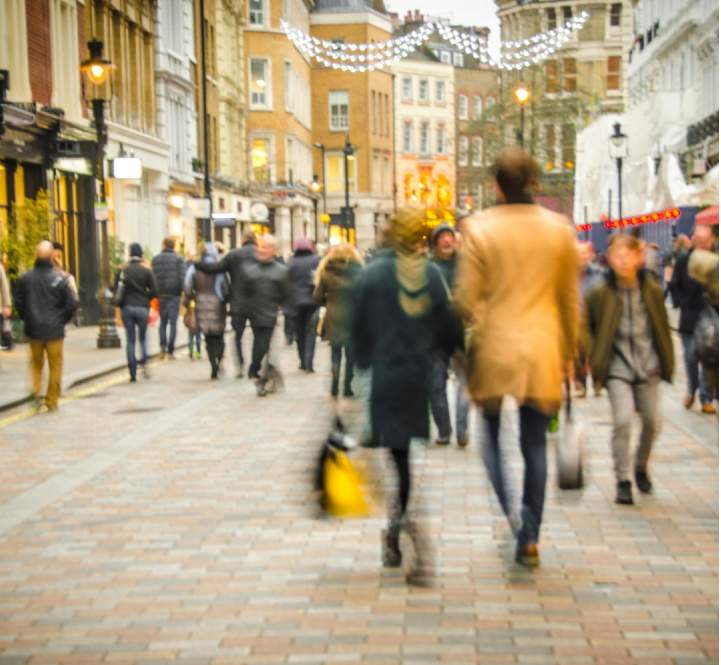
The move of certain brands out of second-tier high streets and a rebasing of rents is presenting an opportunity and a surge in demand for value fashion retailers to enter new markets, often in second-tier high streets, to become the main show in town and keeping the hopes of survival for challenged town centres alive. Peacocks, Yours, Trespass, Mountain Warehouse, and Bon Marché are all increasing their stores.
6. Out-of-town retail ‘perks’
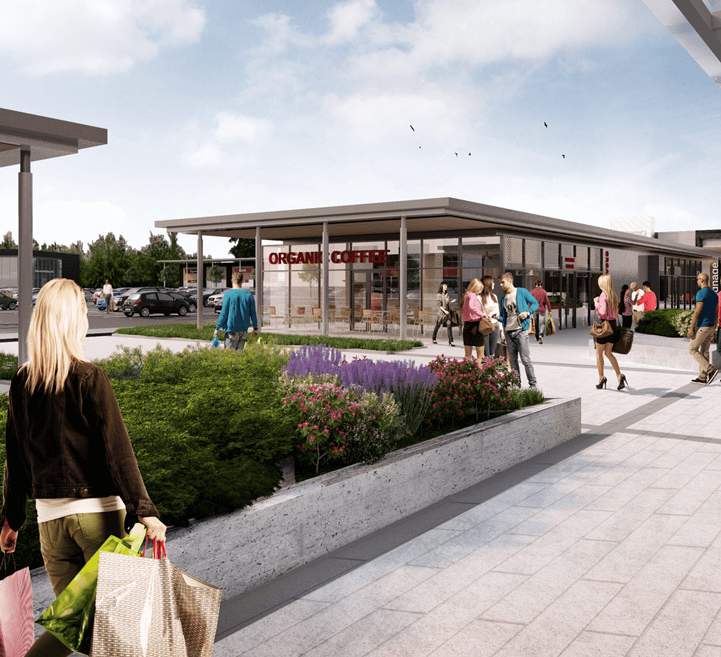
The resilience and convenience within the market continue to drive popularity amongst consumers and feed demand for mass-market retailer stalwarts like M&S, Pets At Home and B&M. But with the drift from other high street brands wanting to head out of town (e.g. JD, Superdrug, The Works and Boyes) and the continued growth ambitions of value-orientated grocery and homeware brands, space is at a premium. With limited space comes rental uplift – expect to see growth of 4 to 6% this year across the market. Even stronger double-digit growth can be expected for drive-thru F&B, where fierce competition from the usual suspects continues, as well as an ever-expanding list of acquisitive brands (e.g. Taco Bell, Tim Hortons and Popeyes).
7. Global sports franchises
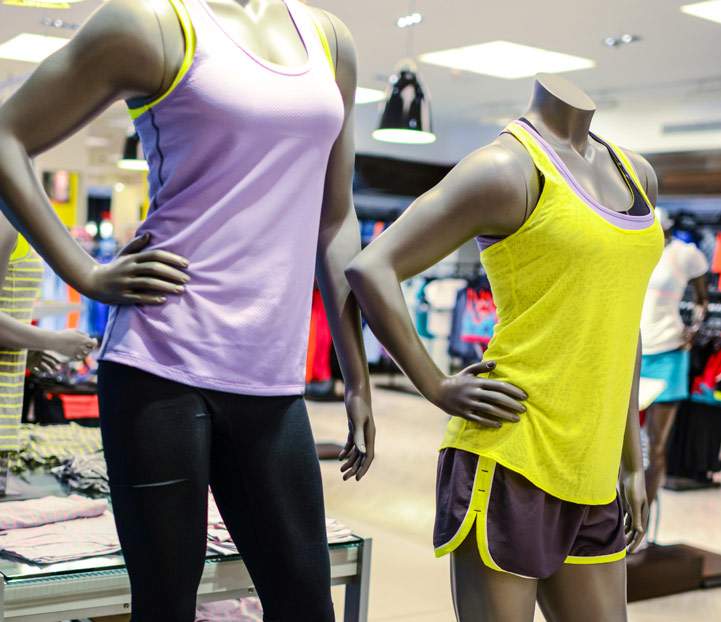
In the coming year, we expect to see further activity from major sporting franchises looking to occupy their own stores in central London; a trend that has really begun to accelerate, with Lids opening Paris Saint-Germain on Oxford Street a few months ago and NBA opening this year. These stores don’t just expose official merchandise to fans, they also represent the huge global appeal of sporting brands. Prime global high streets offer brands a unique opportunity to broadcast their offerings on the international stage, ensuring maximum visibility to a diverse audience. In 2024, we expect to see more from the likes of NFL and PGA delving deeper into the seamless blend of leisure and experiential retail.
